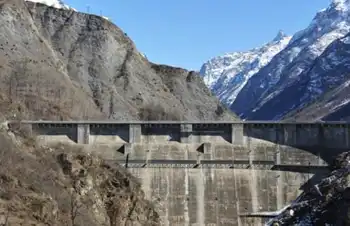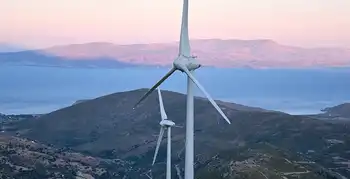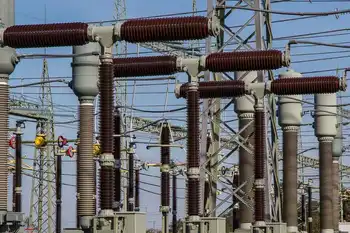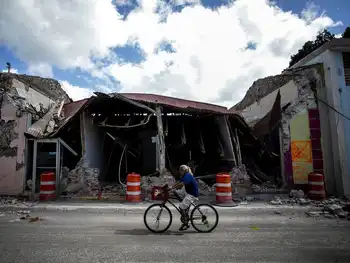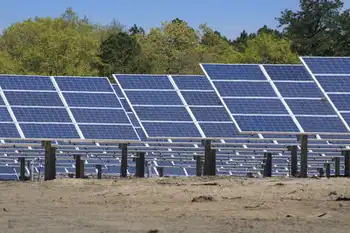Ontario Breaks Ground on First Small Modular Nuclear Reactor
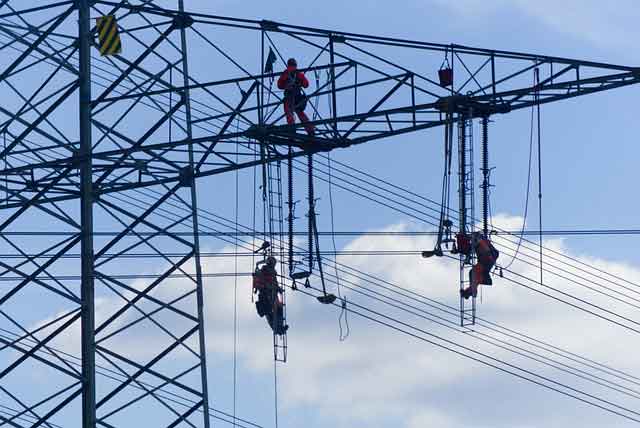
CSA Z463 Electrical Maintenance
Our customized live online or in‑person group training can be delivered to your staff at your location.

- Live Online
- 6 hours Instructor-led
- Group Training Available
Ontario SMR BWRX-300 leads Canada in next-gen nuclear energy at Darlington, with GE Vernova and Hitachi, delivering clean, reliable power via modular design, passive safety, scalability, and lower costs for grid integration.
Key Points
Ontario SMR BWRX-300 is a 300 MW modular boiling water reactor at Darlington with passive safety and clean power.
✅ 300 MW BWR supplies power for about 300,000 homes
✅ Passive safety enables safe shutdown without external power
✅ Modular design reduces costs and speeds grid integration
Ontario has initiated the construction of Canada's first small modular nuclear reactor (SMR), supported by OPG's SMR commitment to deployment, marking a significant milestone in the province's energy strategy. This development positions Ontario at the forefront of next-generation nuclear technology within the G7 nations.
The project, known as the Darlington New Nuclear Project, is being led by Ontario Power Generation (OPG) in collaboration with GE Vernova and Hitachi Nuclear Energy, and through its OPG-TVA partnership on new nuclear technology development. The chosen design is the BWRX-300, a 300-megawatt boiling water reactor that is approximately one-tenth the size and complexity of traditional nuclear reactors. The first unit is expected to be operational by 2029, with plans for additional units to follow.
Each BWRX-300 reactor is projected to supply electricity to about 300,000 homes, contributing to Ontario's efforts, which include the decision to refurbish Pickering B for additional baseload capacity, to meet the anticipated 75% increase in electricity demand by 2050. The compact design of the SMR allows for easier integration into existing infrastructure, reducing the need for extensive new transmission lines.
The economic impact of the project is substantial. The construction of four such reactors is expected to create up to 18,000 jobs and contribute approximately $38.5 billion CAD to the Canadian economy, reflecting the economic benefits of nuclear projects over 65 years. The modular nature of SMRs also allows for scalability, with each additional unit potentially reducing costs through economies of scale.
Safety is a paramount consideration in the design of the BWRX-300. The reactor employs passive safety features, meaning it can safely shut down without the need for external power or operator intervention. This design enhances the reactor's resilience to potential emergencies, aligning with stringent regulatory standards.
Ontario's commitment to nuclear energy is further demonstrated by its plans for four SMRs at the Darlington site. This initiative reflects a broader strategy to diversify the province's energy mix, incorporating clean and reliable power sources to complement renewable energy efforts.
While the development of SMRs in Ontario is a significant step forward, it also aligns with the Canadian nuclear initiative positioning Canada as a leader in the global nuclear energy landscape. The successful implementation of the BWRX-300 could serve as a model for other nations exploring advanced nuclear technologies.
Ontario's groundbreaking work on small modular nuclear reactors represents a forward-thinking approach to energy generation. By embracing innovative technologies, the province is not only addressing future energy demands but also, through the Pickering NGS life extension, contributing to the global transition towards sustainable and secure energy solutions.





